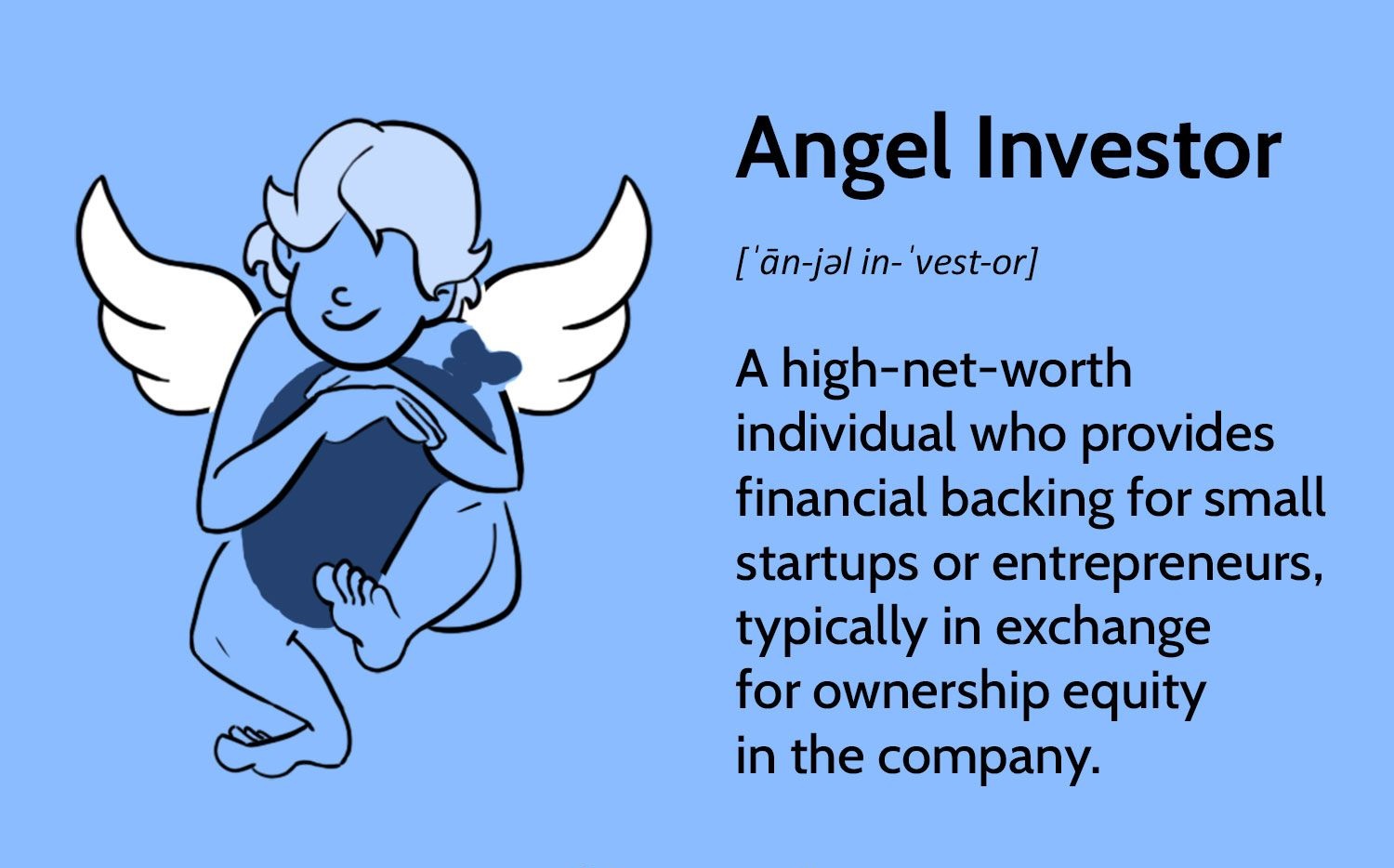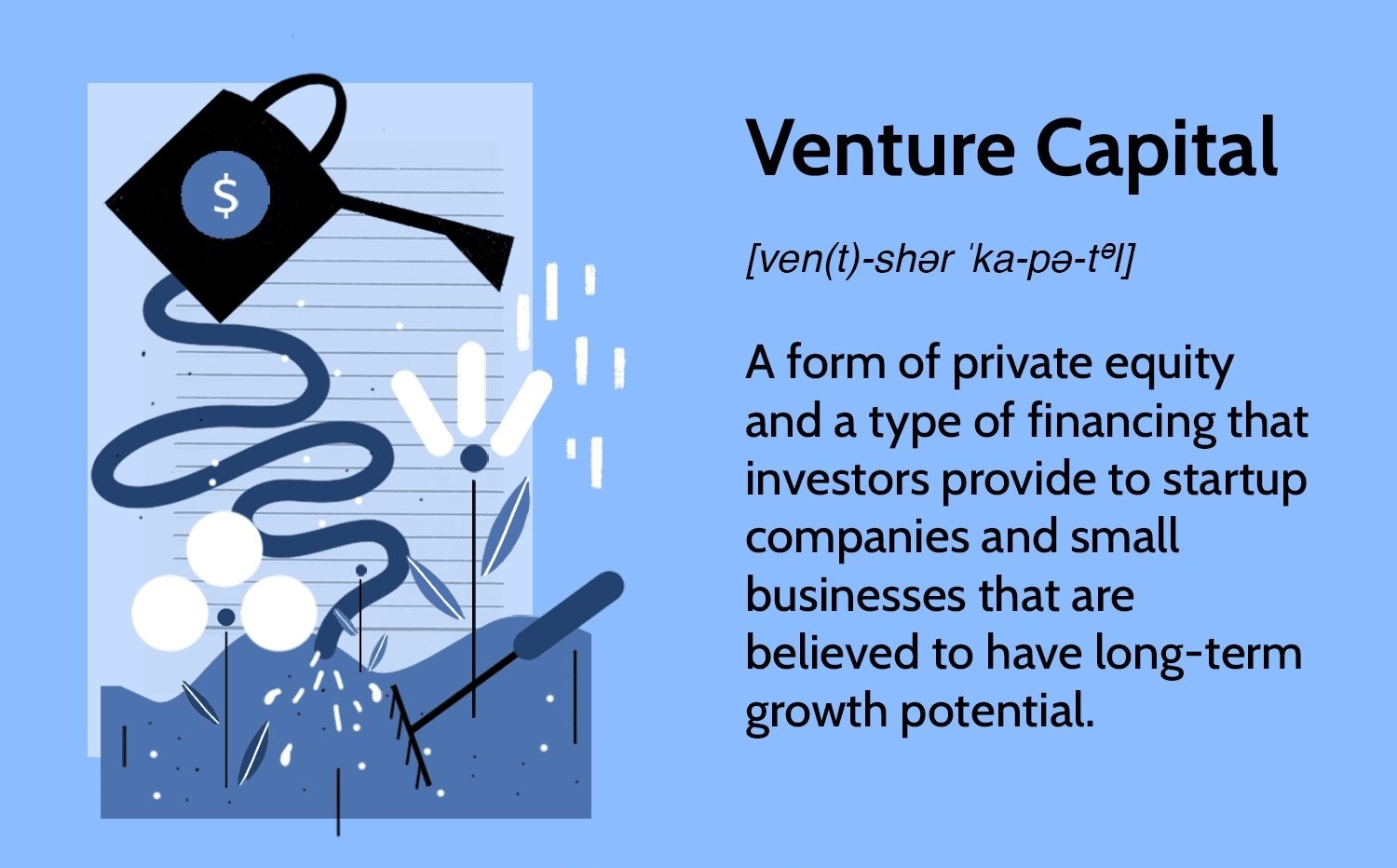Contrary to popular belief, a pitch is not a presentation. A presentation is a clearly defined event allotted a fixed amount of time. The audience sits back, expecting the presentation to start at a particular time and end at a specific time. The audience typically does not expect that it needs to be involved.
Key Takeaway
Understanding the distinction between a pitch and a presentation is crucial for startup founders. A pitch requires active engagement from the audience, and being prepared for short timeframes is essential for success.
Understanding the Distinction
As a serial entrepreneur and now a venture capital investor, I’ve listened to thousands of startup pitches. I’m passionate about helping startups succeed, so I’d like to share my advice – based on first-hand experience – about improving pitches and making them more compelling to investors. Startups have limited time to engage their audience, so making a pitch persuasive from the start is critical.
Pitch Coach or Presentation Coach?
Most so-called pitch coaches are presentation coaches. Presentation coaching is normally focused on turning your pitch into a TED Talk or a stage performance, hoping you will receive a standing ovation at the end. TED Talks are built on the framework of classic storytelling, with a beginning, a middle, and an end. They have the arc of a hero’s journey through challenges and tribulations to eventual victory – triumphing over some villainous evil.
But a pitch is not a presentation. You don’t want your audience to sit back; you want them to lean forward, engage, and ask questions. You want them to be active in the conversation, not passive listeners to your story. That’s how good investors approach a pitch; they are actively involved.
The Importance of Being Ready
Startup pitches can be 60 seconds or less, so it is essential to be ready. Don’t get confused by the now familiar “pitch day” events. You are typically given two to four minutes to present at a pitch event. However, most of the time, when pitching in real life, you are not at a pitch day event. Think about it. Every call, Zoom meeting, conference, coffee chat, meetup, blog, and social media post is a pitch event for you. You may not have time to lay out a presentation – not even an elevator pitch. You need to be clear, compelling, and credible, even in a short timeframe. Maybe then you will be allowed to continue the conversation.

























